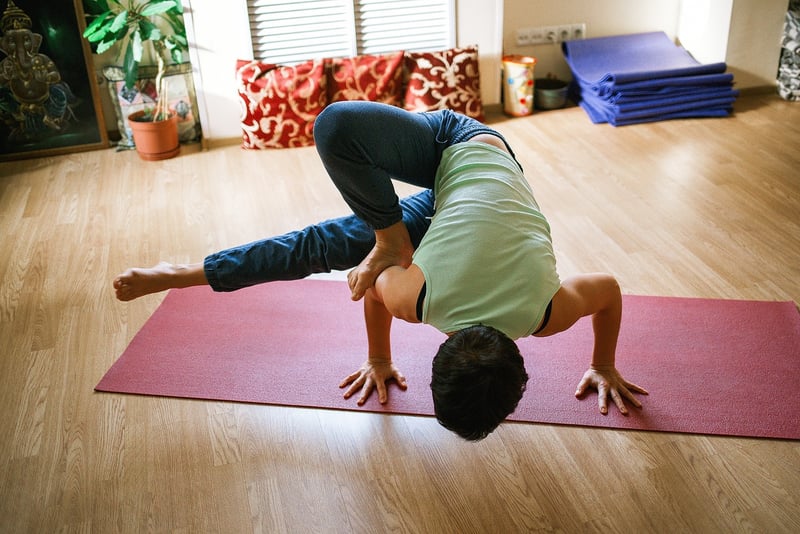Pranayama Practices
Techniques to Enhance Breathing + Pranayama Practices
Introduction
Proper breathing techniques play a crucial role in maintaining overall well-being. By incorporating specific practices into your daily routine, you can enhance your breathing capacity and promote better health. This article will explore various techniques to improve breathing and introduce you to the ancient yogic practice of Pranayama.
1. Diaphragmatic Breathing
Diaphragmatic breathing, also known as belly breathing, involves engaging the diaphragm to draw air deep into the lungs. To practice diaphragmatic breathing, place one hand on your chest and the other on your belly. Inhale deeply through your nose, allowing your belly to rise while keeping your chest relatively still. Exhale slowly through your mouth, feeling your belly fall. Repeat this process for several breaths to improve oxygen flow and reduce stress.

2. Box Breathing
Box breathing is a technique used to regulate breathing patterns and calm the mind. Begin by inhaling deeply for a count of four, hold your breath for a count of four, exhale for a count of four, and hold your breath again for a count of four. Repeat this cycle several times, focusing on the even rhythm of your breath. Box breathing can help reduce anxiety and improve mental clarity.

3. Alternate Nostril Breathing
Alternate nostril breathing is a Pranayama technique that aims to balance the flow of energy in the body. Sit comfortably with your spine straight. Use your right thumb to close your right nostril and inhale through your left nostril. Close your left nostril with your ring finger, release your right nostril, and exhale. Inhale through the right nostril, close it, and exhale through the left. Repeat this cycle for several rounds to experience a sense of calm and balance.

4. Kapalabhati Breathing
Kapalabhati, or skull-shining breath, is a dynamic breathing technique that involves rapid, forceful exhalations followed by passive inhalations. Sit with a straight spine and exhale quickly through your nose by contracting your lower belly. The inhalation should happen naturally as you relax your belly. Practice this breathing exercise for a few rounds, gradually increasing the speed and intensity of exhalations. Kapalabhati helps cleanse the respiratory system and invigorate the mind.

Conclusion
By incorporating these breathing techniques into your daily routine, you can enhance your lung capacity, reduce stress, and improve your overall well-being. Whether you choose to practice diaphragmatic breathing, box breathing, alternate nostril breathing, or Kapalabhati, regular engagement with these techniques can have a profound impact on your physical and mental health.
Remember to consult with a healthcare professional before starting any new breathing practices, especially if you have underlying health conditions.
